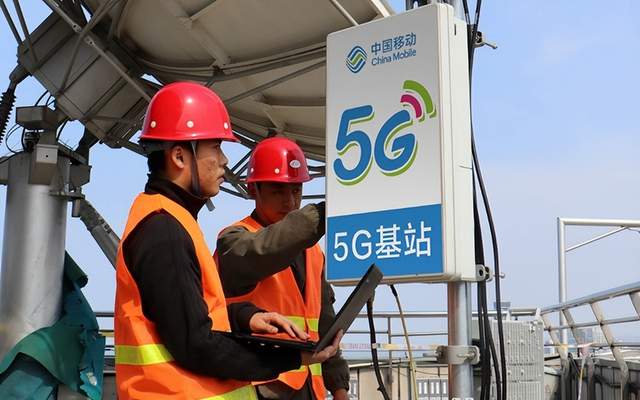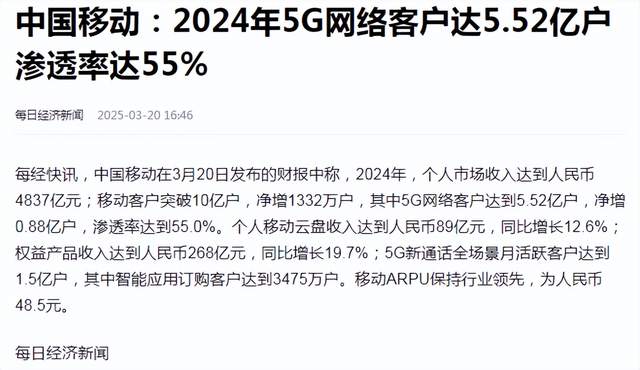Operators Opt for Pragmatism: 4G Base Stations Surge While 5G Networks See Off-Peak Closures
![]() 04/01 2025
04/01 2025
![]() 478
478
According to data from the National Bureau of Statistics' "Statistical Bulletin on National Economic and Social Development of the People's Republic of China in 2024," operators have continued to significantly expand the number of 4G base stations since 2019, with 5G base stations also experiencing a surge. This parallel advancement of 4G and 5G infrastructure is of great significance.

As of 2024, China had established 7.11 million 4G base stations and 4.25 million 5G base stations, according to the "Bulletin." Notably, in 2019, when 5G was commercially launched, there were 5.44 million 4G base stations. This indicates that operators have increased the number of 4G base stations by 1.67 million, or 30%, since the advent of 5G.
Nearly six years after the commercial rollout of 5G, operators continue to substantially increase 4G base stations due to the substantial number of domestic users still utilizing 4G services. "National Business Daily" cited China Mobile's 2024 financial report, revealing that China Mobile had 552 million 5G network users in 2024, with a penetration rate of 55%, implying that 45% of users still rely on 4G services.

Even among those who have adopted 5G networks, the commitment to long-term usage is questionable. Some users might only occasionally activate the 5G function or might not even be aware of the 5G switch on their new phones. Otherwise, the number of China Mobile's 5G network users could potentially decline further.
Users prefer 4G networks due to their more stable signals and better coverage. Compared to 5G, 4G technology enabled China Mobile to fully deploy its 4G network nationwide within three years of its commercial launch, achieving network quality comparable to that of 2G networks. This underscores the impressive coverage of 4G base stations.

Conversely, nearly six years into the development of 5G, the quality of 5G networks still struggles to match that of 4G. This is primarily due to the characteristics of 5G technology, which limit the coverage area of 5G base stations compared to 4G. To cover the same area, the number of 5G base stations significantly exceeds that of 4G base stations, necessitating substantial investments.
Moreover, 5G base stations consume significantly more power than 4G base stations. Operators manage 5G base stations intelligently by turning them off during off-peak hours. China Mobile's first-half 2020 earnings report revealed a substantial increase in energy costs, attributed to the rollout of 5G networks. At that time, there were approximately 500,000 5G base stations and 2.4 million 4G base stations, highlighting the astonishing power consumption of 5G base stations.
Despite actively encouraging consumers to switch to 5G networks, operators continue to build 4G base stations in practice, nearly six years after the commercial launch of 5G. This signifies that operators recognize consumers' dependence on 4G and have not abandoned it due to the construction of 5G networks. Clearly, operators also see the merits of 4G and are continuing to develop it through their actions.

With the continued significant increase in the number of 4G base stations, the signal quality of 4G networks is bound to surpass that of 5G networks, further emphasizing the superiority of 4G signals. The improvement of 5G networks may still take time, making the current state of 5G development compared to 4G rather delicate.
For consumers, the past few years of 5G development have been marked by confusion regarding mobile phone purchases. Early 5G phones only supported a limited number of frequency bands, which operators continuously expanded, leading to the gradual obsolescence of these early 5G phones. In this context, Apple's iPhones have supported the most comprehensive frequency bands, with even the earliest 5G version of the iPhone 12 capable of supporting subsequently added frequency bands. These issues with mobile phones have also caused consumers to harbor doubts about 5G.







